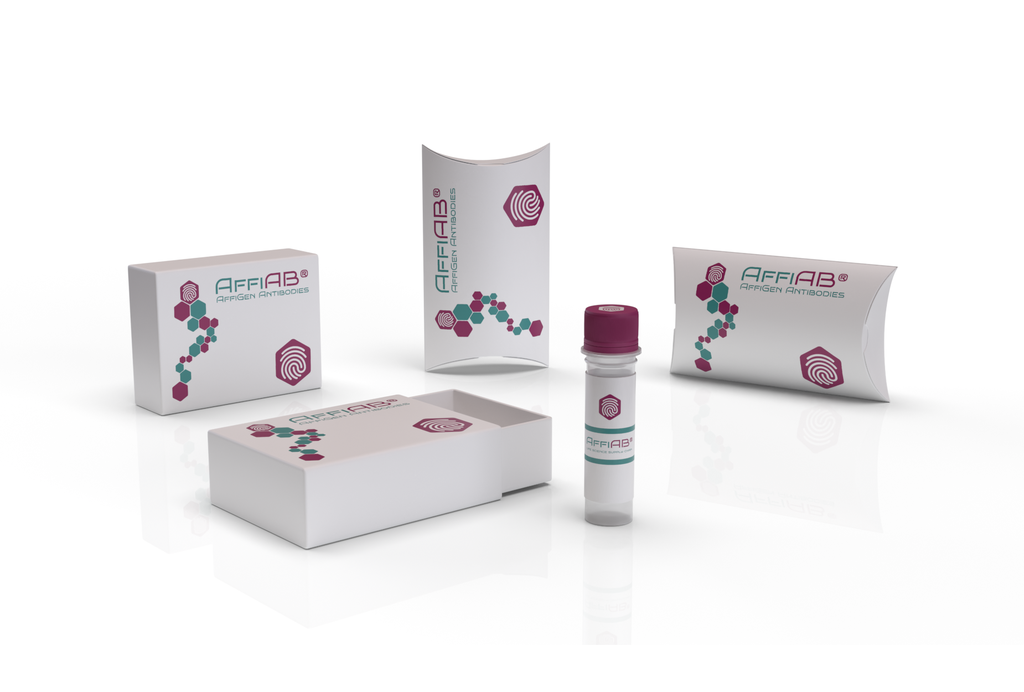AffiAB® Anti-FPR2 Antibody
The N-formyl peptide receptor (FPR) family is comprised of three members, FPR, FPR2 (also designated lipoxin A4 receptor, FPRH1 and FPRL1) and FPR3 (also designated FPRL2) , all of which are chemotactic G protein-coupled receptors that contain seven transmembrane domains. These receptors are found on the surface of phagocytic leukocytes, such as neutrophils and monocytes, and each family member contains specific residues, which are responsible for determining its ligand specificity. FPR2 is a promiscuous receptor that binds to several ligands, including lipoxin A4, N-formyl-methionyl-leucyl-phenylalanine (fMLP) , serum amyloid A (SAA) , prion peptide and the 42 amino acid form of ∫ amyloid. Upon activation, FPR2 induces migration and calcium mobilization in human monocytes and neutrophils and is involved in inflammatory and host defense responses. FPR2 may mediate inflammation in prion and Alzheimer’s diseases, which makes it a potential target for therapeutic agents.
Antibody type
Rabbit polyclonal Antibody
Uniprot ID
SwissProt: O88536 Mouse
Recombinant
NO
Conjugation
Non-conjugated
Host
Rabbit
Isotype
IgG
Clone
N/A
KO/KD
N/A
Species reactivity
Human, Mouse
Tested applications
IF-Cell, IHC-P, FC
Predicted species reactivity
Rat
Immunogen
Synthetic peptide within N-terminal mouse FPR2.
Storage
Store at +4°C after thawing. Aliquot store at -20°C or -80°C. Avoid repeated freeze / thaw cycles.
Form
Liquid
Storage buffer
1*PBS (pH7.4) , 0.2% BSA, 40% Glycerol. Preservative: 0.05% Sodium Azide.
Concentration
1 mg/mL.
Purity
Immunogen affinity purified.
Signal pathway
N/A
Recommended dilutions
IF-Cell: 1:50-1:200; IHC-P: 1:50-1:200; FC: 1:50-1:100
Molecular Weight
Predicted band size: 39 kDa
Subcellular location
Cell membrane.
Positive control
HepG2, PC-3M, human lung cancer, mouse testis tissue, human spleen tissue, Jurkat.
